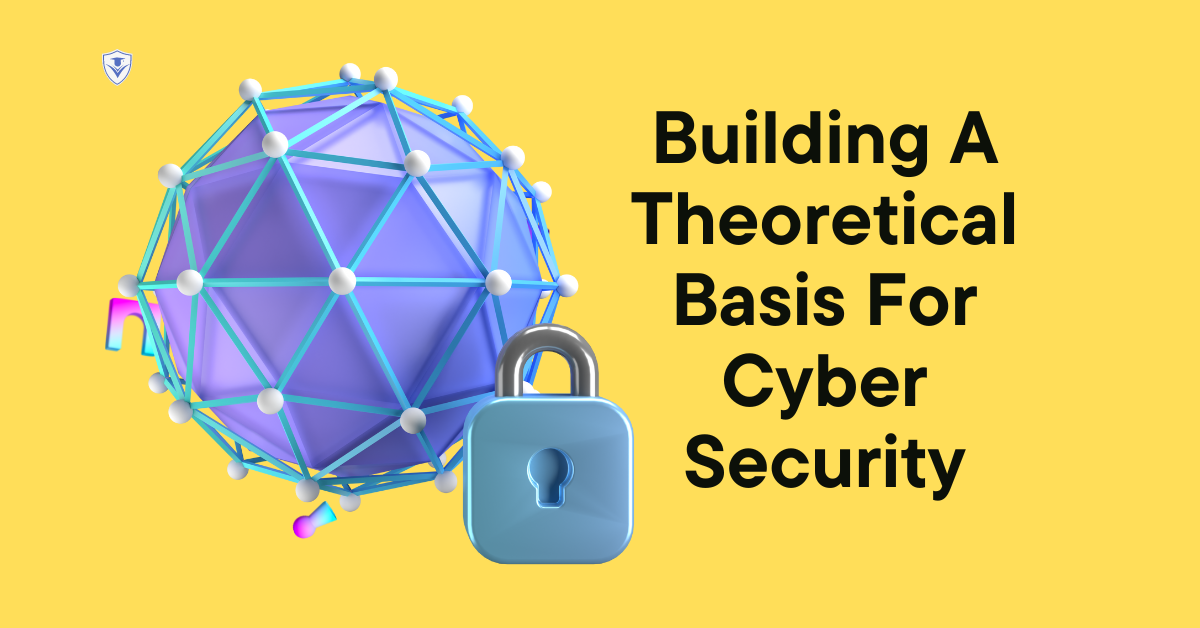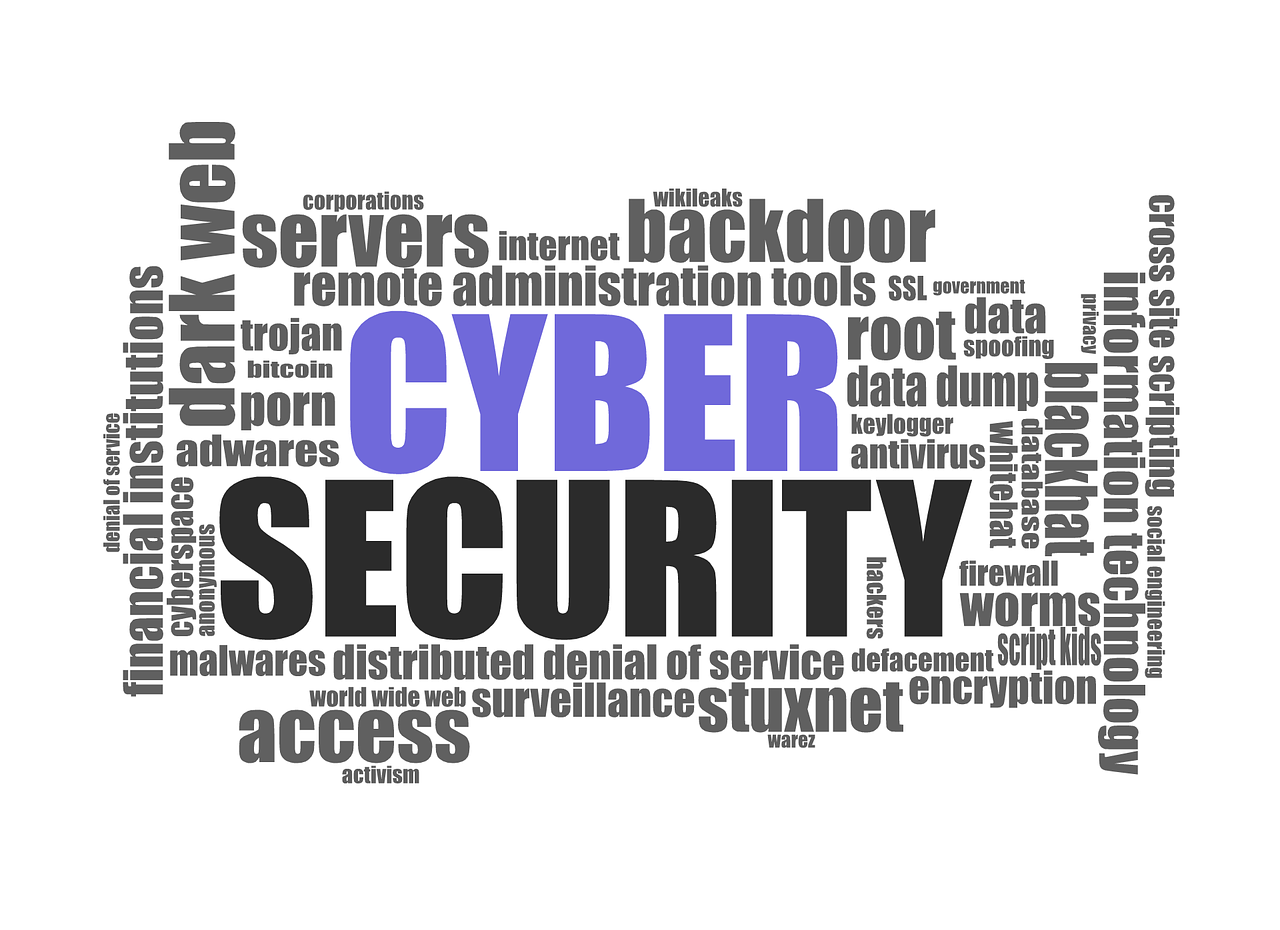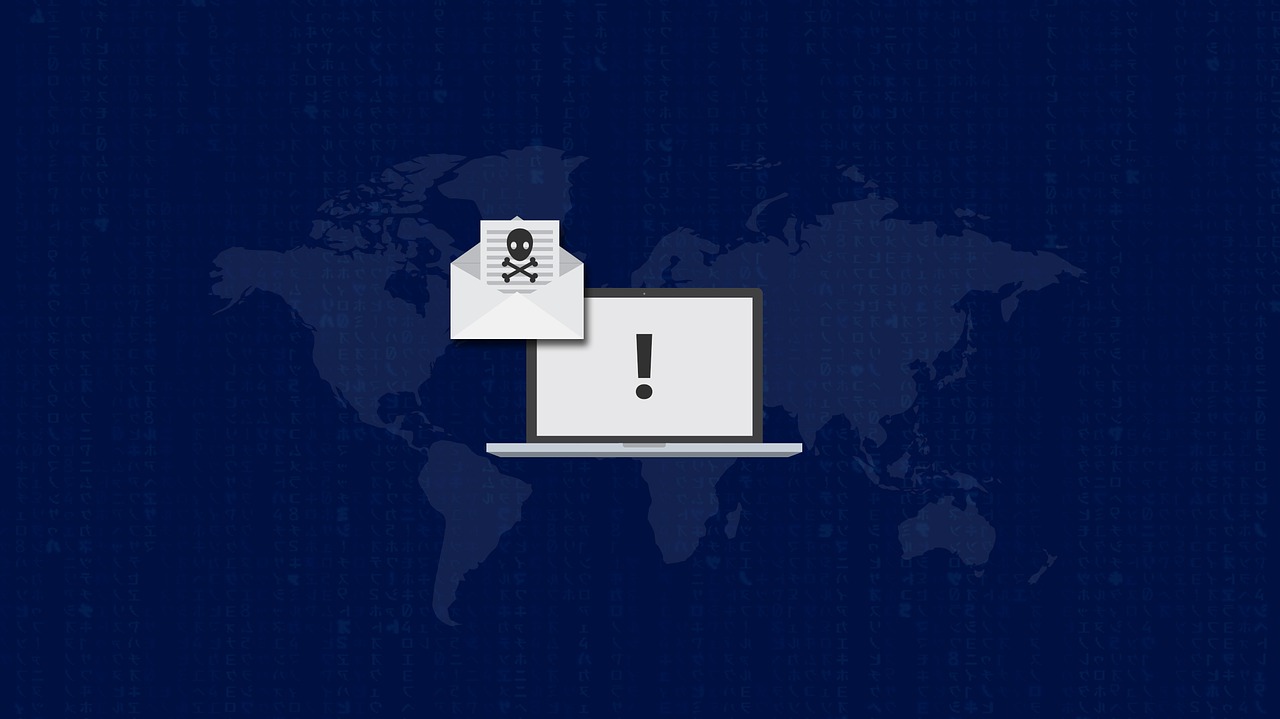This post will talk about building a theoretical basis for cyber security. When it comes to hardware, software, and data that are all connected to the internet, this is known as cyber security. Companies and people alike engage in the technique to prevent hackers from accessing sensitive information.
A good cybersecurity plan can help protect an organization’s or user’s systems and private data from being hacked, changed, deleted, destroyed, or used to get money.
In the same way, cyber security is important to protect against attacks that try to disable or otherwise mess with how a system or device normally works.
Table of Contents
Why Is It Crucial To Have A Secure Network?
Today’s businesses have a lot of connected devices, software applications, and people working for them. They also produce a lot of data, most of which is highly personal or confidential, so they need stronger cybersecurity measures than ever.
The situation is made worse by the increasing number and sophistication of cyber attackers and attack methods. Hence, building a theoretical basis for cyber security is essential.
What Are The Components Of Cybersecurity And How Does It Work?
Maintaining cybersecurity in the face of an ever-evolving threat landscape is a challenge for all businesses. No longer is it sufficient to rely solely on a reactive strategy when resources are allocated to protecting systems from the largest known dangers while leaving smaller known threats undefended.
Taking the initiative and being flexible are required to stay up with the ever-evolving security threats. Several prominent advisory groups in the field of cybersecurity present theoretical framework example to provide advice.
Continuous monitoring and real-time assessments, for instance, are advocated by the National Institute of Standards and Technology (NIST) as part of a risk assessment framework to protect against both known and unknown hazards.
What Are The Benefits Of Cybersecurity?
Some of the benefits of implementing and keeping up with cybersecurity practices are:
- Security for businesses against hacking and other forms of cybercrime.
- Safeguarding of information and communications systems.
- Protection against unauthorized entry.
Maintaining cybersecurity in a world where threats are always changing is a challenge for all organizations. Traditional reactive approaches, Paperap in which resources were used to protect systems from the biggest known threats while smaller threats were left unprotected, are no longer enough.
To keep up with changing security risks, you need a more proactive and adaptable approach. Several key cybersecurity advisory organizations offer advice.
As an example, the National Institute of Standards and Technology (NIST) suggests using continuous monitoring and real-time assessments as part of a risk assessment framework to protect against known and unknown threats.
READ ALSO: 7 Steps to Building A Security Operations Center (SOC)
What Are Some Benefits Of Cybersecurity?
Some of the benefits of implementing and keeping up with cybersecurity practices are:
- Businesses need protection against cyberattacks and data breaches.
- Protection for both data and networks.
- Preventing unauthorized users from getting in.
- Improved the amount of time it takes to get back on track after a breach.
- Protection for end users and endpoint devices.
- Regulatory compliance.
- Business continuity.
- Improved confidence in the company’s reputation and trust among developers, partners, customers, stakeholders, and employees.
What Are The Different Types Of Cybersecurity Threats?
Keeping up with emerging technology, security trends, and threat information is a difficult task. Cyber threats come in numerous shapes and sizes, therefore this is essential for keeping sensitive data and assets safe. These are examples of cyber threats:
- Any file or application can be turned into malware and used to damage a computer user. In other words, malware of all kinds.
- The term “malware” can also refer to ransomware. A hacker encrypts the victim’s system files and then demands payment in exchange for unlocking them.
- In order to obtain confidential information that is normally safeguarded, social engineers resort to deceptive methods that rely on human interaction.
- The term “phishing” refers to a type of social engineering in which targets are duped into giving over sensitive information via email or text messages that look like they came from a trusted source. These communications are usually random attacks designed to obtain personal information, such as passwords and credit card numbers.
- Long-lasting targeted attacks known as advanced persistent threats (APTs) occur when a hacker gains access to a network and stays there for a long time without being noticed.
- Spear phishing is a specific form of phishing that targets a single individual, group, or company.
- DDoS attacks, shorthand for “distributed denial of service,” are when multiple computers work together to slow down or stop access to a single server, website, or other network resources. Attackers can slow down or crash the target system by bombarding it with messages, connection requests, or packets. Check out our web security guide.
- Eavesdropping attacks, known as man-in-the-middle (MitM) attacks, involve a third party intercepting and relaying communications between two parties that believe they are interacting directly with one another.
- An insider threat is a breach in security or loss of data that originates from an inside source, such as an employee, contractor, or customer. The nature of insider threats can range from malicious to careless.
Botnets, drive-by-download assaults, exploit kits, malvertising, vishing, credential stuffing attacks, cross-site scripting (XSS), SQL injection attacks, business email compromise (BEC), and zero-day exploits are all prominent types of cyberattacks.
Cybersecurity Vendors And Tools
Distributors of cybersecurity tools and services often supply a wide range of options. The following are examples of widespread security hardware and software:
- Identity and access management (IAM)
- Firewalls
- Endpoint protection
- Antimalware
- Intrusion prevention/detection systems (IPS/IDS)
- Data loss prevention (DLP)
- Endpoint detection and response
- Security information and event management (SIEM)
- Encryption tools
- Vulnerability scanners
- Virtual private networks (VPNs)
- Cloud workload protection platform (CWPP)
- Cloud access security broker (CASB)
Conclusion
The threats to cybersecurity, including hackers, data loss, privacy, risk management, and evolving cybersecurity techniques, are ever-present and persistent. In the foreseeable future, cyberattacks are only projected to increase in frequency.
The necessity of network and device security is heightened by the proliferation of potential attack vectors brought about by developments like the rise of the internet of things (IoT).
What’s your take on building a theoretical basis for cyber security?
INTERESTING POSTS
- How To Secure Your Computer Against Cyber Threats Like 007
- How To Become ITIL Certified
- Google Rolls Out New Restrictions for Political Advertisers
- Do You Still Need Antivirus Protection For Your Business?
- 10 Tips For Building Your Network From Scratch
- Is Cybersecurity Essential For Online Casino Websites?
- 4 Essential Tips to Improve Home Security
About the Author:
Daniel Segun is the Founder and CEO of SecureBlitz Cybersecurity Media, with a background in Computer Science and Digital Marketing. When not writing, he's probably busy designing graphics or developing websites.










